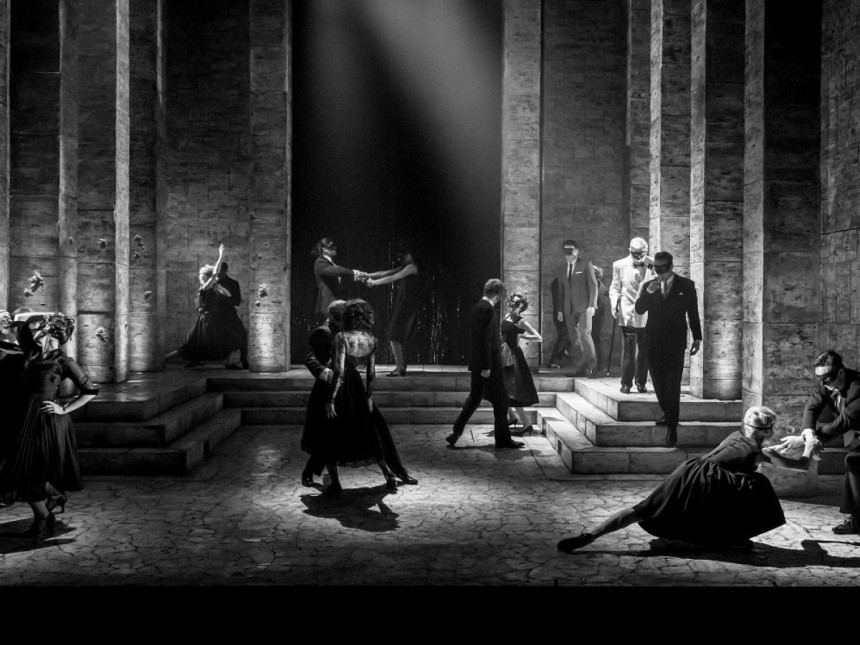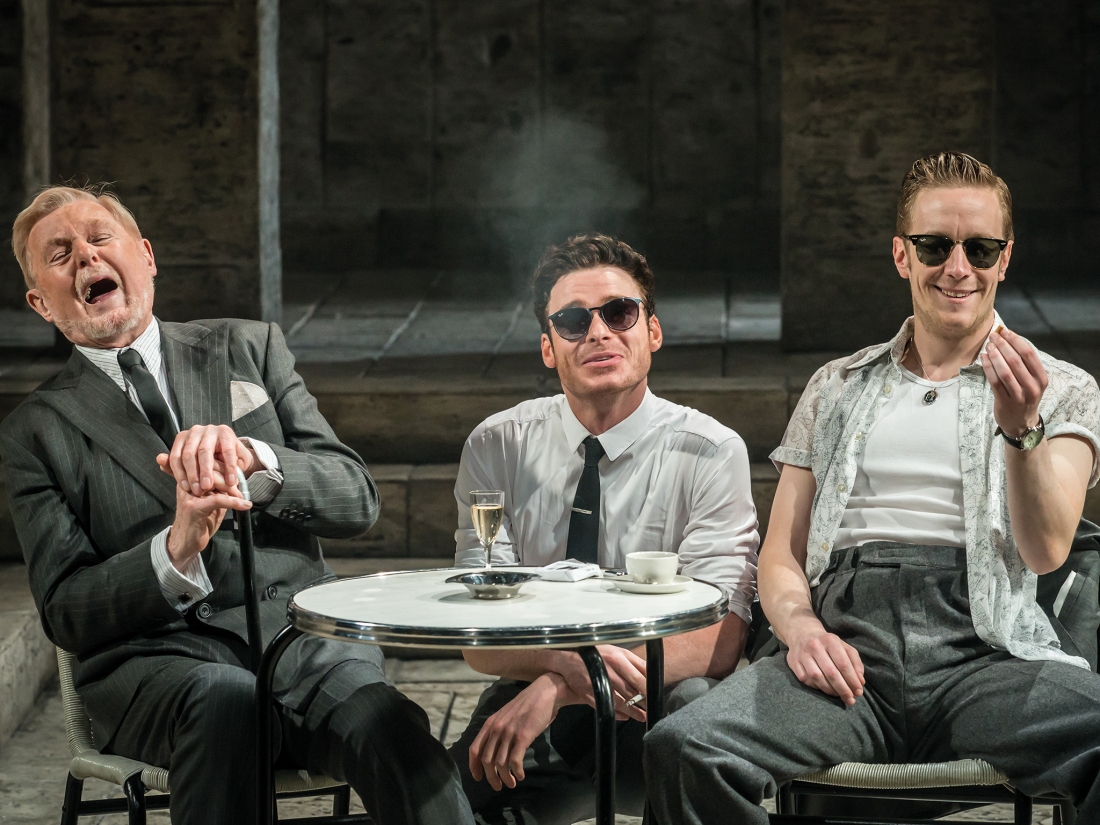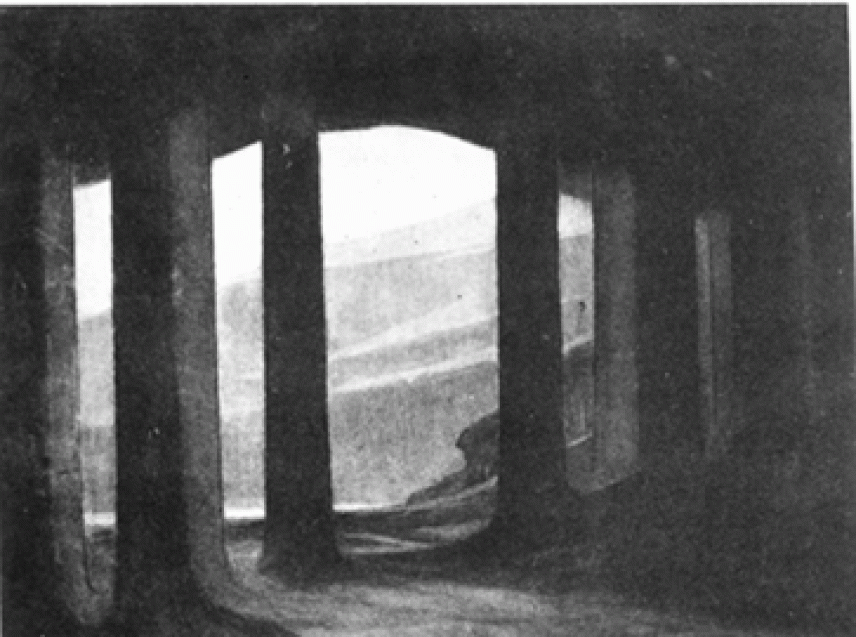Last night, I went to see the Kenneth Branagh Theatre Company’s (KBTC) live-streamed production of Romeo and Juliet at my local cinema. I enjoyed it. Lily James made a great Juliet, the action was freshened up by new interpretations of all-too familiar scenes (e.g. balcony scene + alcohol = funnies), and the influence of film noir made for a very interesting live-streaming experience. I felt pretty content that I’d got my money’s worth at £13.20 per ticket.
My local cinema isn’t any old cinema, mind; it’s a place where every film-watching experience feels very special. The Electric Cinema in Birmingham is the oldest working theatre in the country. Its 107-year-old charm is complimented by fabulous cocktails served in vintage coupe glasses and pots of tasty nibbles, and you can even text food and drink orders to the bar and have them delivered to your cosy sofa seats. If you’re ever looking for something to do in central Birmingham, the Electric is definitely worth a visit.

I had reasons for buying my R+J ticket aside from romance and cocktails on this occasion: I’m currently researching the KBTC’s recent staging (and live-streaming) of The Winter’s Tale. I’m keen to learn as much as I can about the context, influences, and thought processes that contributed to the development of this production, and seeing other productions staged during the same season is very useful in this respect.
R+J was a very different beast to TWT. It was set in 1950s Verona, for starters. The scenes played out on cobbled stone streets, conversations were conducted over teeny cups of espresso, and characters frequently had heated shouting matches in Italian. It was all pretty suave, and a clear contrast to the richly-furnished Edwardian aesthetic of TWT.

The physical environment created on stage (designed by Christopher Oram) was architectural and brutal. Imposing stone pillars framed the space, and an aesthetically-pleasing symmetrical arrangement of steps divided the stage into distinct upper and lower areas. Other than the occasional addition of a table and chairs (see above), these straight-lined stone structures formed the basis of the set.
Changes in location were indicated by different arrangements of the stone pillars. While a row of four or five pillars near the front of the space (downstage) delineated the place in which the Friar scenes took place, for example, the structures were relegated to the back for larger group scenes. Set changes were very smooth: pillars were silently raised and lowered from above the stage as the action flowed seamlessly between scenes. Shafts of light were used to create atmosphere, and a huge, textured wall gave a sense of claustrophobia for the tomb scene.

This minimalistic, conceptual use of the stage space very much reminded me of the approach to design followed by Adolphe Appia at the turn of the 20th century. Steps, columns, and empty space similarly formed the basis of Appia’s onstage environments; the parallels seem quite clear.

Perhaps the most prominent thing about the production, however, was it being heavily influenced by Italian cinema and film noir, and broadcast entirely in black and white. I don’t yet know a great deal about the ins and outs of live-streamed theatre, so I’m not best placed to write about this element of the production in much detail, but I’ve been thinking a lot about the approach followed here. Debates about where live-streamed theatre sits between theatre and cinema are ongoing; this production is the most complex example I’ve seen in terms of its positioning between the two media. The style of filming, the composition of shots, and the use of the black and white effect made for an end product that felt something like a film in its own right. (The inclusion of a quiz in the interval was perhaps more questionable.)
Branagh has a long history with both theatre and cinema, and has on multiple occasions developed stage productions into large-scale screen adaptations (Hamlet, Much Ado About Nothing, Twelfth Night). The director is all about making Shakespeare accessible and popular, and working between media has been a crucial part of his career. Is R+J a sign that Branagh is beginning to fulfil his theatre and cinema visions for Shakespeare’s plays simultaneously?
Directed by Kenneth Branagh and Rob Ashford; stage and costume design by Christopher Oram; lighting design by Howard Hudson; sound design by Christopher Shutt; music composed by Patrick Doyle.




